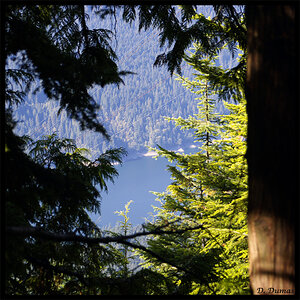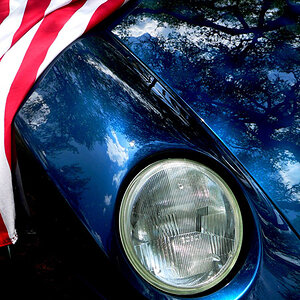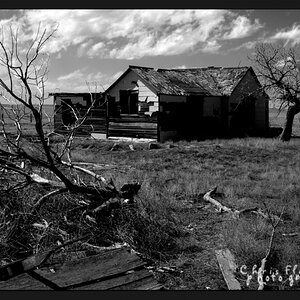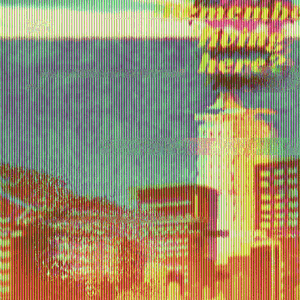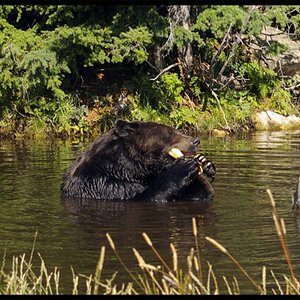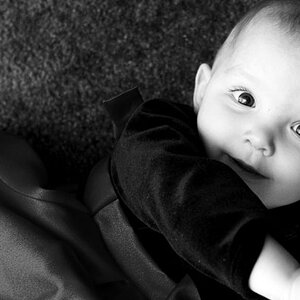- Joined
- Jun 9, 2013
- Messages
- 20,580
- Reaction score
- 12,709
- Website
- moderndinosaur.wordpress.com
- Can others edit my Photos
- Photos NOT OK to edit
I think that the easiest (most forgiving for people just starting out) would be either porta 160 or 400. You can overexpose the crap out of them and you can barely tell. You can even underexpose by about a stop and still get decent results.
As far as bw goes... the most forgiving (and cheapest to develop) would be the kodak c41 black and white film. You can overexpose that quite a bit as well and still have good results. True black and white film... triX is awesome as well as a ton of others.
I'd try the c41 stuff first and see if you LIKE shooting film before dropping hundreds on Amazon only to find out that ... "****... developing film is really expensive and I actually like shooting digital more."
I'm going to offer an alternative to this ^^ approach.
Portra 160 is a beautiful film and I love it to death, and it is quite flexible. BUT...I'm glad I learned with films that were a little less forgiving because I learned better habits, and was able to have a better understanding of how my screw-ups with the camera affected the image. I think of how my father taught me how to drive: learn on cars that are hard to drive, and everything after that will be easy. I'm not suggesting you start with slide film, which isvery finicky, but maybe something that forces you into a bit more discipline right from the start, and will also cost less. Agfa Vista is a good, standard color film that I think would be a good place to start.
As for all the other stuff about gear and developing, I totally agree with folks. And I'll second (third?) the recommendation for a Spotmatic or K1000. Totally manual but still have light meters to guide you, great glass.
Cool! Then you are free to get any 35mm camera with a good 50mm lens on it
I'd look at a Pentax Spotmatic with a 50 1.8 or the 50 1.4
Nikon f2 series... with 50 1.8
Olympus with the 50mm Zoiko (spelling?)
you should be able to get any of those for pennies.
Zuiko


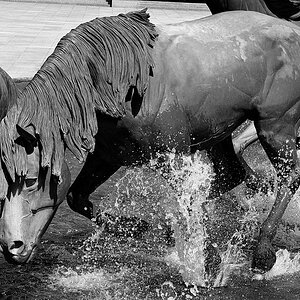
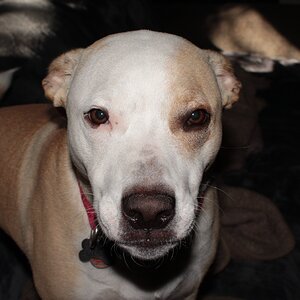
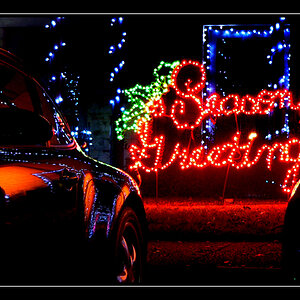
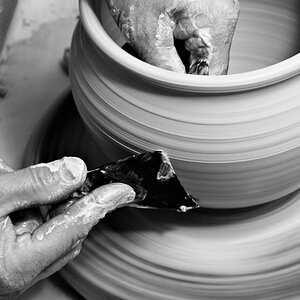
![[No title]](/data/xfmg/thumbnail/35/35953-1a8b92df0115ff7026f31b78855ac815.jpg?1619737264)
